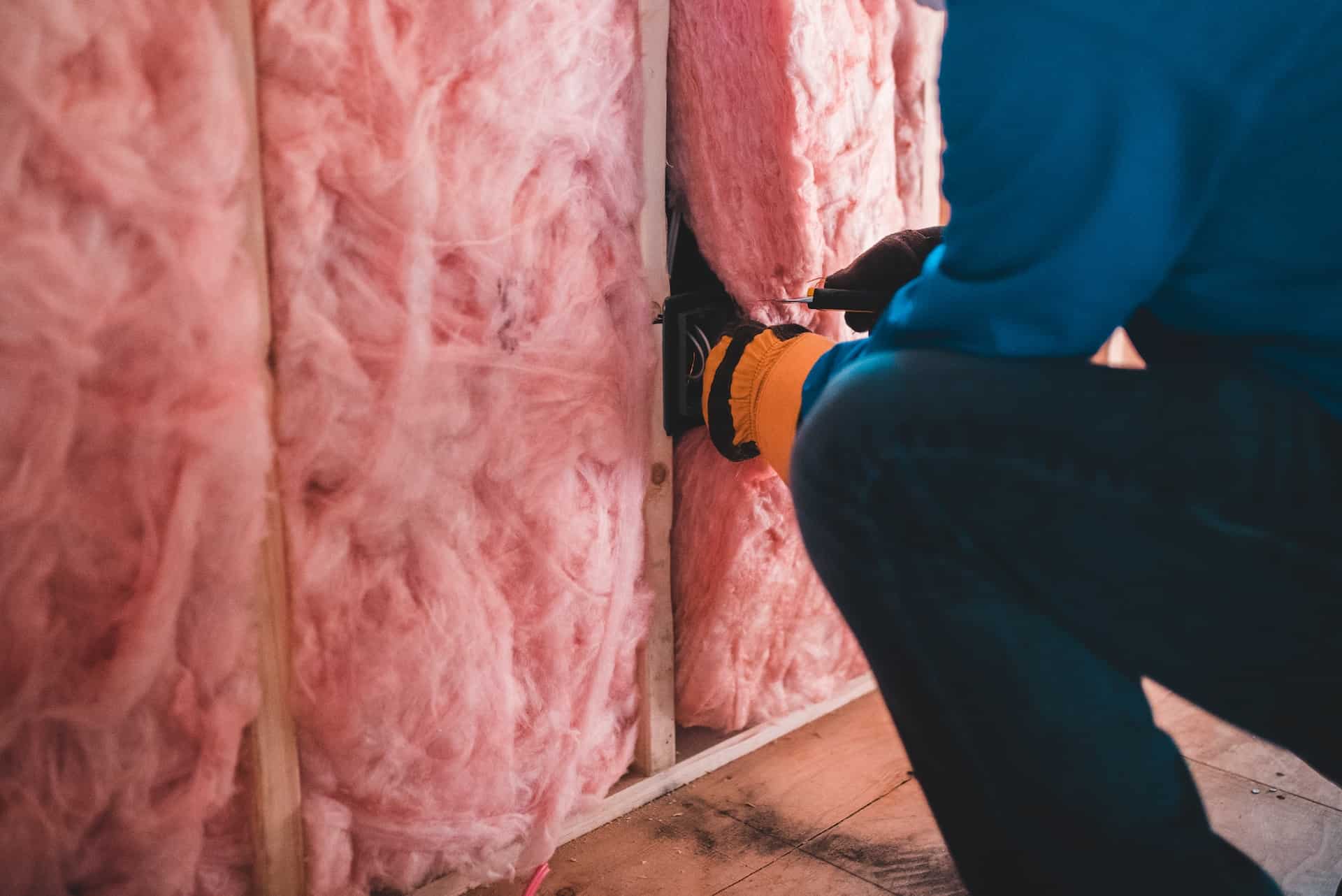Proper insulation is a crucial element in maintaining a comfortable and energy-efficient home. Understanding the signs of inadequate home insulation is essential for homeowners to take appropriate action and improve their living environment. We will explore the common symptoms of insufficient home insulation and provide practical solutions.
Importance of Home Insulation
Home insulation is vital to providing thermal comfort and regulating temperature differences between the inside and outside of a home. Insulation also prevents moisture buildup, improves air quality by blocking allergens and toxins, reduces outdoor noise, and provides additional savings on energy bills. With adequate insulation, your home will be more efficient with higher energy costs.
Signs of Inadequate Home Insulation
#1. High Energy Bills
One of the most noticeable signs of inadequate home insulation is consistently high energy bills. Insufficient insulation allows heat transfer between the interior and exterior of your home, forcing your heating and cooling systems to work harder to maintain a comfortable temperature. If your energy bills are consistently higher than expected, it may indicate that your home lacks proper insulation.
Solution: Conduct an energy audit or consult a professional insulation contractor to assess your home’s insulation needs. Adding or upgrading insulation in critical areas such as the attic, walls, and floors can significantly improve energy efficiency and reduce monthly utility expenses.
#2. Fluctuating Indoor Temperatures
Do you find it challenging to maintain a consistent temperature throughout your home? Uneven heating or cooling can be a sign of inadequate insulation. Poor insulation allows heat to escape during winter months and infiltrate during hot summers, resulting in uncomfortable temperature variations in different areas of your home.
Solution: Identify the areas where temperature fluctuations are most noticeable. Inspect the insulation in those areas and consider adding additional insulation or replacing existing insulation with higher R-value materials. Sealing air leaks around doors, windows, and electrical outlets can also contribute to temperature stability.
#3. Drafts and Cold Spots
Feeling drafts or encountering cold spots in certain areas of your home, even when windows and doors are closed, is a common sign of inadequate insulation. Drafts occur when outside air infiltrates through gaps or cracks in your home’s envelope, causing discomfort and energy loss.
Solution: Inspect windows, doors, and any visible gaps or cracks in your home’s structure. Use weatherstripping, caulking, or spray foam insulation to seal these areas and prevent air leakage. Additionally, consider insulating the attic, walls, and floors to minimize drafts and cold spots.
#4. Excessive Noise
If you notice that external noise quickly penetrates your home, it may indicate insufficient insulation. Proper insulation regulates temperature and provides soundproofing benefits, reducing noise transmission from the outside.
Solution: Evaluate your home’s insulation, particularly in areas exposed to external noise, such as windows and walls facing busy streets or noisy neighbors. Consider installing additional insulation materials designed explicitly for soundproofing to create a quieter and more peaceful indoor environment.
#5. Ice Dams
Ice dams are formed when the house’s interior heat escapes through the roof, melting the snow on top. The melted snow then refreezes at the eaves, causing ice dams to form. Ice dams pose a structural risk and indicate inadequate insulation and heat loss.
Solution: Properly insulate your attic to minimize heat transfer to the roof. Ensure proper ventilation and sealing to prevent warm air from rising and causing ice dams. Consult with insulation professionals or roofers to address this issue effectively.
If you can’t find the source of your insulation issues and address them accordingly, consider consulting a professional such as iFOAM. A professional can identify areas where insulation may be inadequate and recommend improving efficiency.
Final Thoughts
Recognizing the signs of inadequate home insulation is crucial for homeowners seeking to improve energy efficiency, comfort, and cost savings. If you experience consistently high energy bills, fluctuating indoor temperatures, drafts, cold spots, excessive noise, or ice dams, it’s time to address your home’s insulation needs.
Consult with insulation experts or conduct an energy audit to determine the best course of action for your specific situation. By upgrading insulation, sealing air leaks, and addressing deficiencies in critical areas, you can create a more comfortable, energy-efficient, and sustainable living environment for you and your family.
